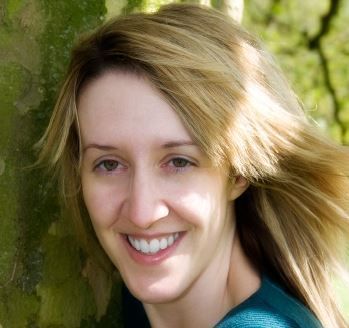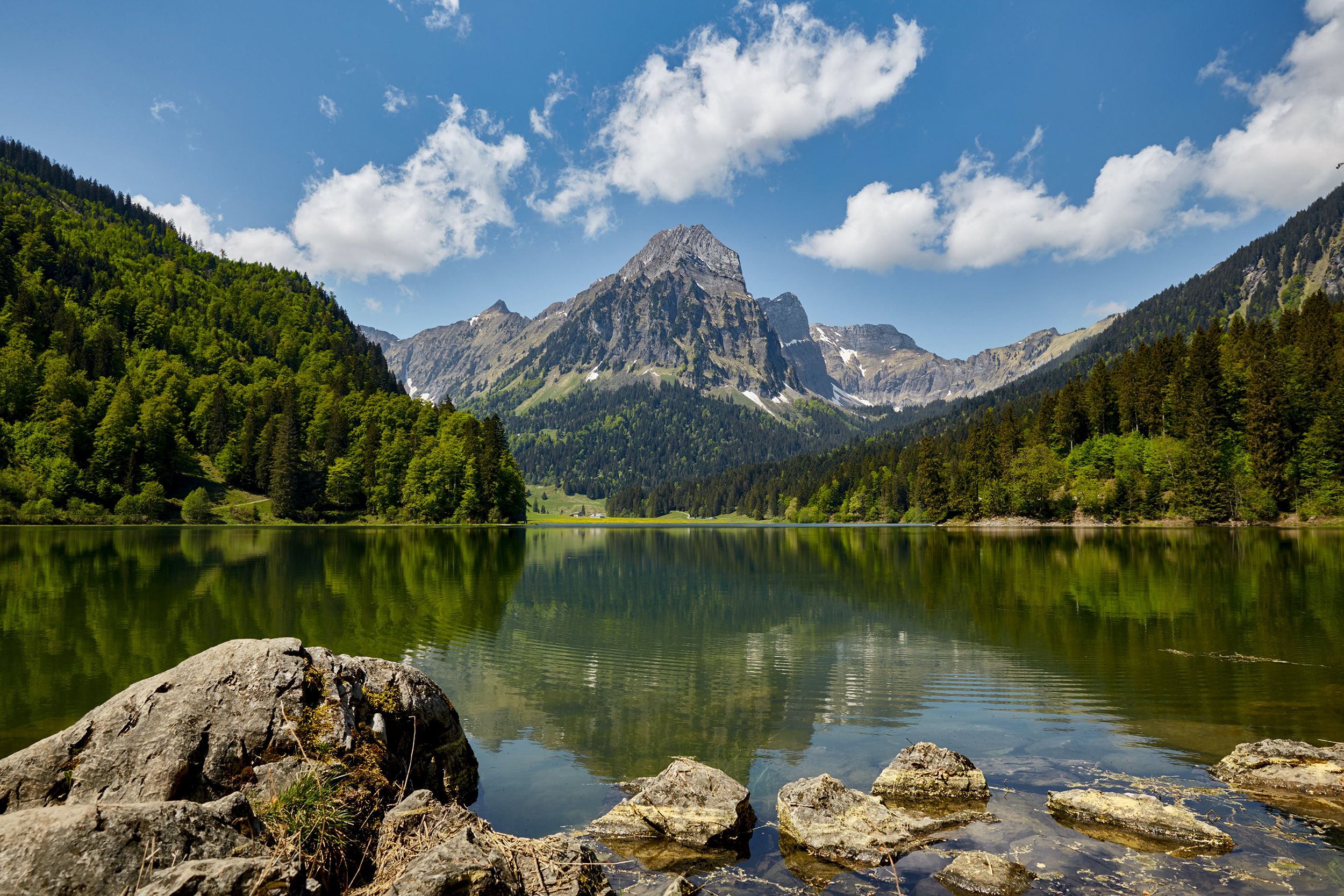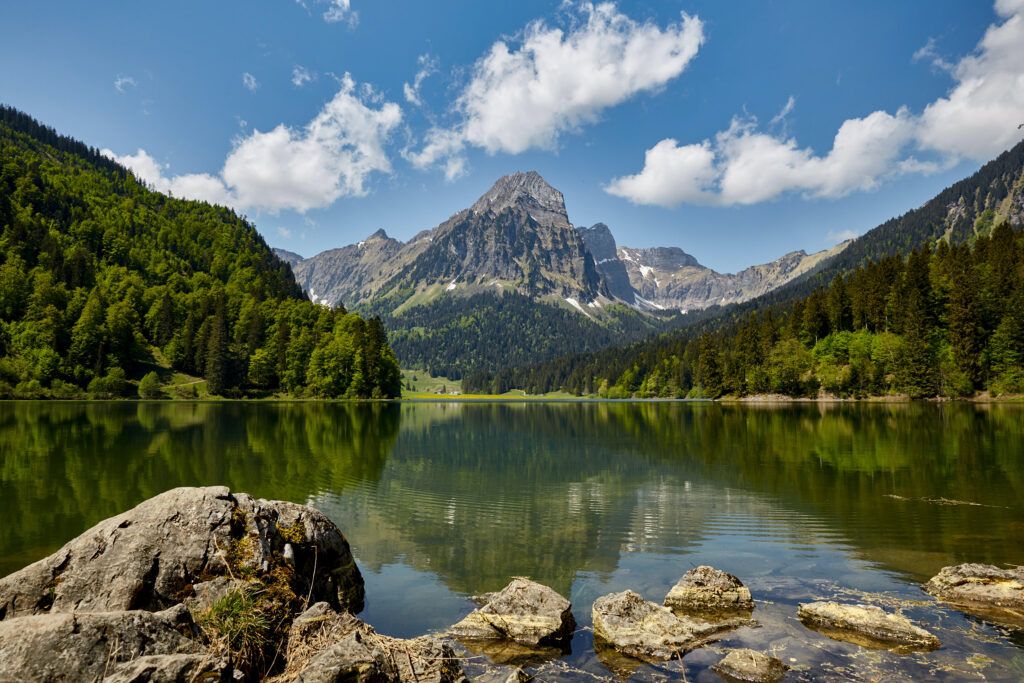It’s the 21st Century and, across every photography genre, women are still in the minority. It’s estimated that whilst 75% of photography students around the world are female, only 15% manage to make a career out of their photography skills. In 2020, only 8.3% of the images shot for The Guardian (the UK’s most left-wing daily newspaper) were photographed by women, whilst in the US only around 10% of advertising photography is shot by women.
And yet, many of photography’s earliest trailblazers were female. Constance Fox Talbot, wife of Henry Fox Talbot (credited as one of the key players in the invention of photography) experimented with the process as early as 1839. And Julia Margaret Cameron’s allegorical portraits are considered some of the most important works of the 19th Century. These women should have paved the way for female photographers, but yet here we are in 2022 and the industry is still dominated by men.
It seems that almost as soon as women began to be an influence in the photographic world, patriarchal dominance reared its ugly head. Introduced in 1893, ‘Kodak Girl’ was widely presented as a symbol of female independence. Women were beginning to enjoy more freedom and Kodak wanted them to take their cameras out with them. It sounds forward-thinking, but the flip side was their other campaigns through the first half of the 1900s that depicted women as the memory keepers of the family. It was a woman’s job to make sure that all the precious moments of her family’s lives were documented and saved for posterity. Advertising slogans suggesting that a Kodak was so simple that ‘even Mum could use it did little for gender equality.
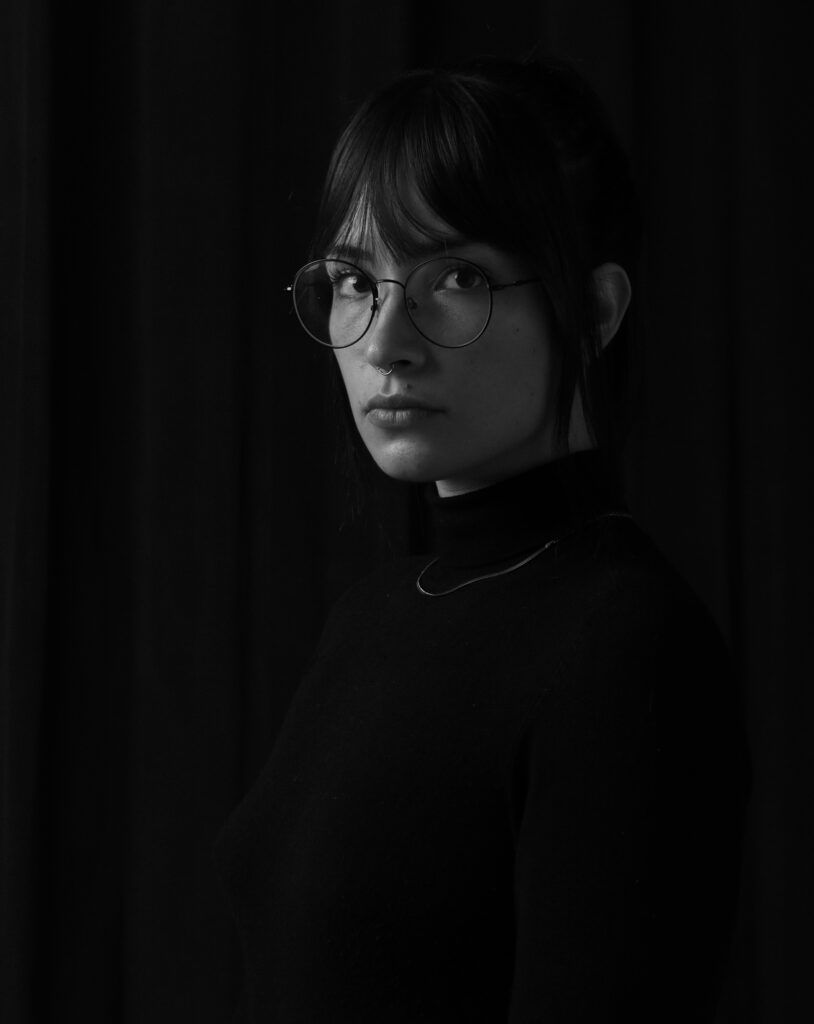
Many who have read this far may be thinking that this is all in the past and that things have improved. Of course, they have, in many ways, but there are still some glaring examples of sexism in the marketing world. In 2017, Nikon’s Asia division launched their D850 DSLR with a campaign highlighting 32 ‘creative individuals’ to test the camera out. Great idea, except that Nikon failed to include a single woman on their list. This wasn’t down to a lack of female talent being available either – it was just sheer laziness on Nikon’s behalf. Nikon quite rightly apologized, but the campaign highlighted how little consideration female photographers are given by many manufacturers.
The world, whether many want to believe it or not, is still very much a ‘man’s world.’ Caroline Criado Perez explores this further in her wonderful book Invisible Women: Exposing Data Bias in a Word Designed for Men. Talking about pianos, Criado Perez notes that octaves on a standard keyboard are 7.4 inches wide. The average female handspan is 6.8 inches (men average out at 7.6 inches). Studies have shown that not only does this keyboard size disadvantage 87% of female pianists, but it also leads to health problems with 78% of women in one study developing RSI over 47% of men. Why am I talking about pianos? Because the same problems exist in every piece of equipment and tech you can think of. From phone screens to agricultural tools, everything is designed for the average white man (6ft tall, 154 lbs in case you’re wondering).
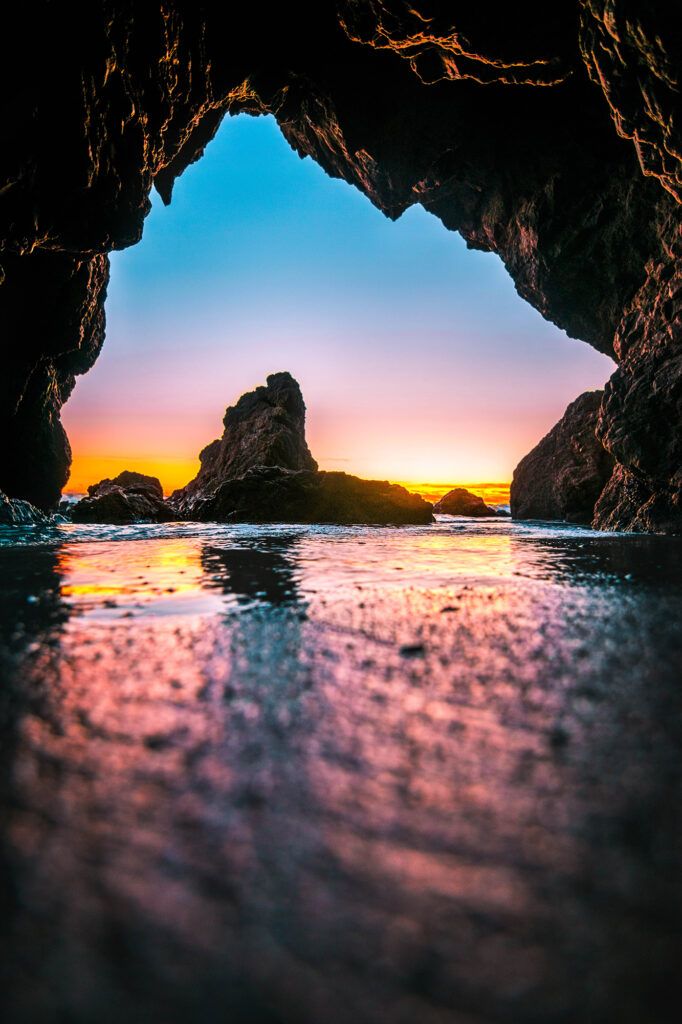
This gender disparity applies to photographic equipment as well. When I shot on medium format film cameras, I used a Hasselblad. Yes, they were the best in the world (in my humble opinion!), but one of the reasons I was attracted to them was the size – they were much smaller than the other workhorse of the time, the Mamiya RZ67 which was almost as big as some 5×4 cameras. Things didn’t get much better with the advent of digital cameras. Professional DSLRs were (and are) big, heavy, and with controls spaced out to suit a man’s grip. It’s not just cameras either – lighting equipment, flashguns, computers – every aspect of equipment associated with photography is designed for men. The advent of mirrorless technology has accidentally been a boon to women, with smaller cameras that actually suit our hands far better than men’s in many cases! I fear this wasn’t a deliberate decision by manufacturers, but women will take it as a small win. I must also point out that I actually have pretty long arms and long fingers for a woman, and I still struggle with some equipment. I know it’s even more of a nightmare for my more petite friends in the industry.
The advent of mirrorless technology has accidentally been a boon to women, with smaller cameras that actually suit our hands far better than men’s in many cases!
When it comes to actually carve out a career as a professional photographer, women still face huge disadvantages. We must work harder to be taken seriously in what is still a male-dominated industry. Why is this? I believe that societal expectations still play a huge part in this. Women are still expected to concentrate on family life – looking after a home and raising children. If we have a ‘little’ job, then it shouldn’t be something that interferes with our home lives. Who will be cooking our husband’s or partner’s dinner if we’re out taking silly little fripperies in the form of photographs? Many might scoff at these views being expressed, but you only have to look at the huge divide between liberal and conservative viewpoints to see that there are still those who firmly believe women should be chained to the kitchen sink.
This old-school sexism is often combined with a view that women can’t possibly handle the heavy kit and technical know-how of photography. There is a certain type of man in the photography community that believes they need to impart wisdom to female photographers or dismiss their imagery as second-rate. I don’t know a single female photographer that hasn’t encountered a client they’d rather forget. From misogynistic dinosaurs who find it incomprehensible that a woman is taking photographs to men insisting they need a female photographer to photograph them nude, we’ve all come across a few bad eggs. Things aren’t always any better when it comes to getting commissioned for editorial or advertising work, with a disappointing number of editors and art directors dismissing female photographers.
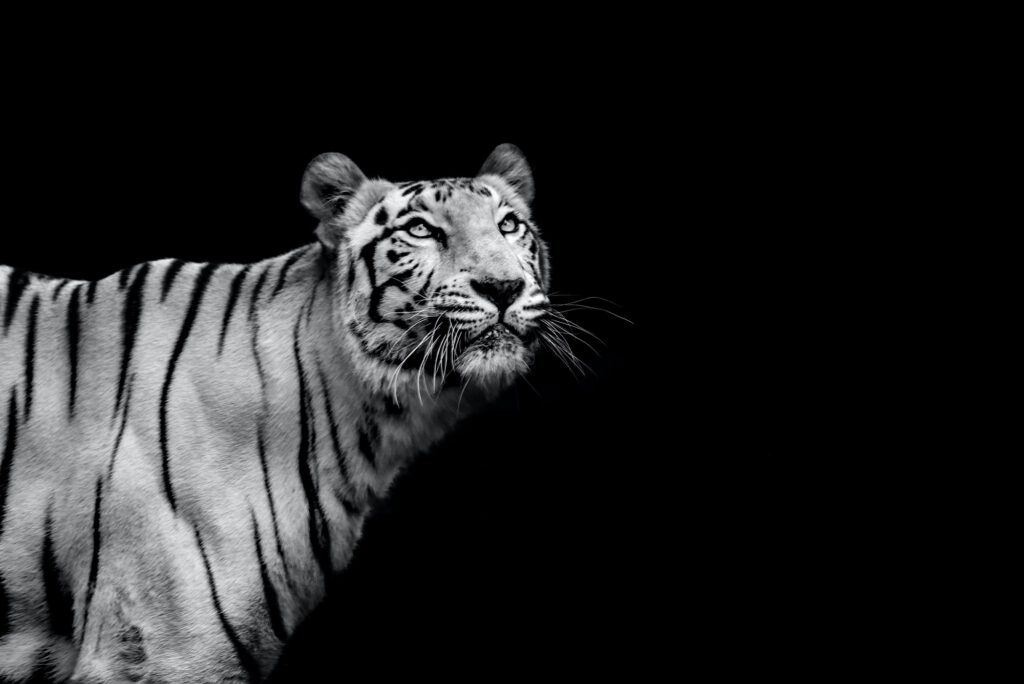
It takes a strong woman to rise above all this, and quite frankly we shouldn’t have to. I’ve been running my photography business for over 20 years and am sometimes astonished by how little things have changed in some regards. And yet I know that I’m luckier than many – I’ve always been supported by those around me and have been lucky enough to meet many other photographers (many of them male) who have been nothing but supportive. It probably also helps that I was brought up to be assertive and that I have zero tolerance for sexism. But repeated conversations with other female photographers have shown me that there is still a long way to go. For those with less confidence (and so many women do lack confidence in their own abilities), the photography world can seem overwhelmingly challenging at times.
One of the great things about being a female photographic journalist is that I get to champion other women. It’s one of my great passions and I often write specifically about female photographers. This is not because I believe there aren’t great male photographers out there; it’s because women don’t get the airtime that many men do. I want to boost female representation in our industry because it is still lacking. The statistics I talked about at the start of this guide are just the tip of the iceberg.
Recommended Reading: Want to learn how to make your photos stand out from everyone else’s? Grab a copy of Photzy’s Effective Storytelling premium guide.
We desperately need to diversify the people who are telling stories in the photographic industry. There is a growing empathy gap in the world, and we need to hear and listen to different voices (not just women, obviously, but people of all shapes and sizes!). Women do approach photography differently than men. We are often more interested in the emotional response to an image rather than the technical skills behind it. That’s not to say that women aren’t experts in lighting and equipment, but rather that we are also more concerned with emotions.
There is a growing empathy gap in the world, and we need to hear and listen to different voices (not just women, obviously, but people of all shapes and sizes!).
As female photographers, we’re also going to have different access than men. Many communities around the world wouldn’t let a man in to photograph them but will allow women (and of course, vice-versa). We need that breadth and depth of experience to see the whole world. Intimate work, such as pregnancy and newborn shoots, often lends itself to female photographers as the women involved feel more comfortable with another woman. But equally, a female war photographer will bring a very different energy to her photography than those of her male compatriots.
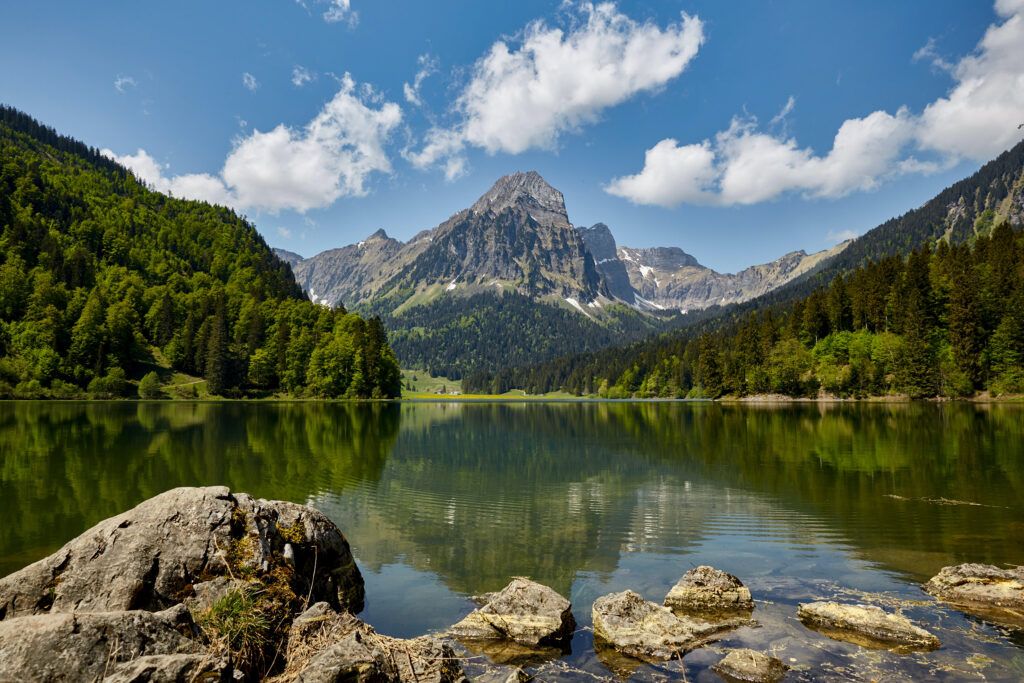
The National Union of Journalists in the UK noted that “The view of what constitutes ‘good photography’ has largely been defined by the work of men. To remain relevant and authentic, the photography industry must seek to become more diverse to fairly reflect the communities it reports on.”
It’s not all doom and gloom. We are starting to see more women in the industry carving out extremely successful and celebrated careers. The world itself is hugely diverse and we need the photography industry to be diverse to capture that. Men and women are supporting female photographers and more opportunities are opening up all the time. It saddens me to see how many women lack confidence in their own abilities and how often this is down to the industry itself. Whilst we as women have to keep pushing ourselves forward in the industry, the industry itself needs to do a better job of listening to and supporting us. In 2022, it should no longer even be noted if a photographer is male or female. We should all receive the same amount of support and representation in the photography world.
Self-Check Quiz:
- How is surreal photography more than simply changing reality in post-processing?
- How can Intentional Motion Blur be used to create surreal images?
- Define juxtaposition in terms of photography.
- What are three examples of juxtaposition?
- How is forced perspective surreal?
- Describe how you might set up a forced perspective image.
- How can you make people or objects appear to levitate?
- What is a dispersion effect?
- What is another word for a composite image?
- How is a composite image created?

